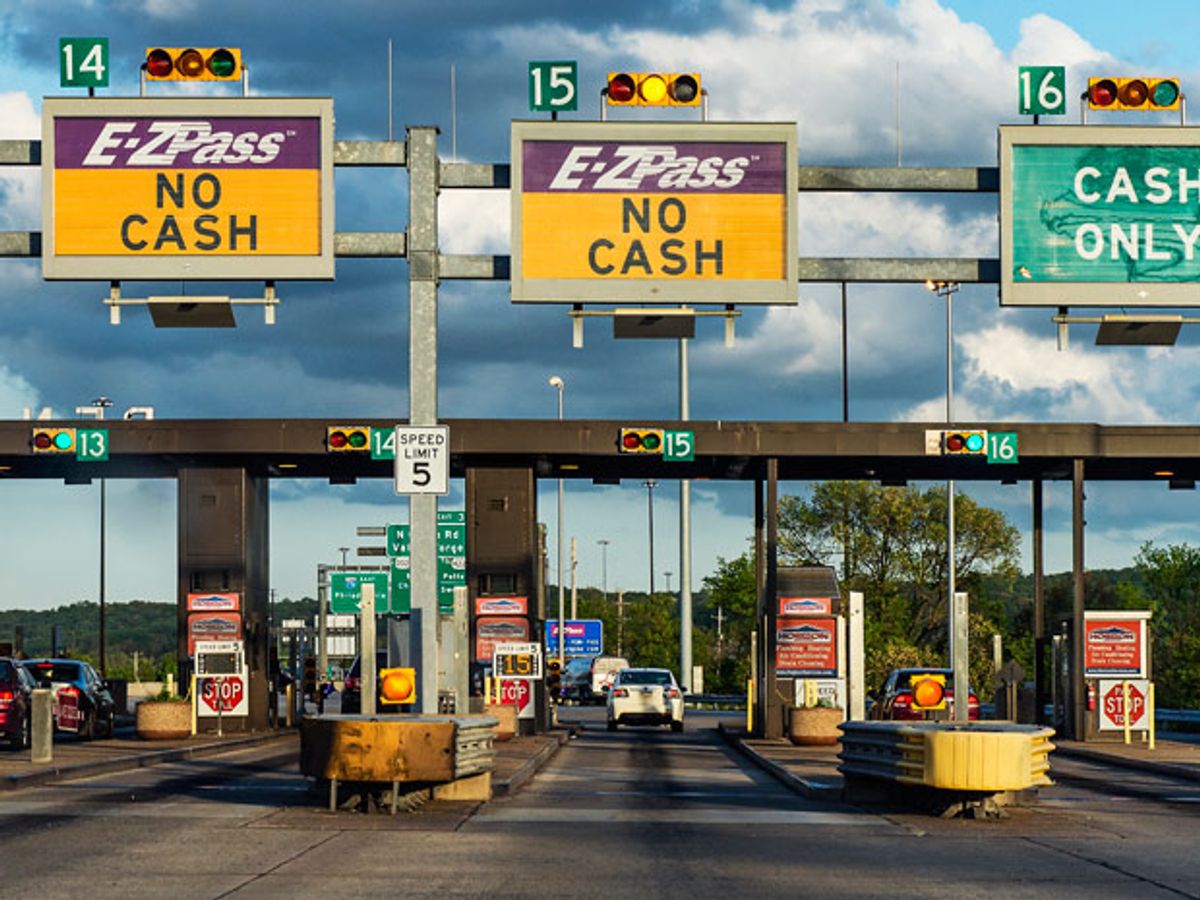Engineers at MIT have come up with a way to cut traffic congestion that wouldn't cost a lot to build and needn't cost drivers a lot in the way of tolls. Rather than price you out of an area that's getting congested, the system, called Roadrunner, helps you steer your way around it.
"It has a display, running on your smart phone, that operates like a typical GPS device," says Jason Gao, who's studying for his Ph.D. in computer science. "You sit in your car, enter where you want to go, and it figures out how to route you. It's both a navigation system and a congestion-avoidance system."
His study, done under the supervision of Prof. Li-Shiuan Peh, was given a "best paper" award last week at the Intelligent Transport Systems World Congress, in Detroit.
Because the system doesn't need a lot of roadside infrastructure it can be put in place quickly and cheaply. By contrast, London's road-rationing strategy requires cameras to scan license plates, and Singapore's requires radio gantries to keep track of every car. Roadrunner gets vehicles to talk to other vehicles via a mobile form of WiFi and to the infrastructure via cellular service, allowing it to work even if there are no other cars nearby. Also, because many of Roadrunner's parameters are defined by software, they can be changed on the fly.
Of course, people who ignore Roadrunner's voice-based routing advice may end up paying a toll. But at least it would be their choice to do so. And, if it should be politically unpalatable to ration access to the roads by price (a strategy that favors the well-heeled), Roadrunner could use other criteria. "You can figure out other rationing schemes," Gao says. "Maybe by randomness, or by how far away your destination is."
Another big benefit is the system's private nature. "We don't need to know where you car is, just the region it's in," Gao says. "And if you're going to get a spot being vacated by another vehicle [that's leaving a region], the system doesn't need to know about it."
Gao, who worked under the supervision of associate computer science professor Li-Shiuan Peh, had to take into account hardware as well as system-wide problems. The experimental transmitter he and his colleagues are using is based on a gallium nitride chip, which with the right algorithm can conserve the battery's charge better than silicon can. "Our system works more efficiently at low power, and if it can communicate with another car that is very close by, it will, " Gao says.
Right now their system is a dashboard-mounted device. The goal is to shrink it down to a chip that would go inside cell phones. That would make sense even if tomorrow's cars come with the guts of a smartphone built in, because pedestrians would also be able to put the chips to use. For one thing, it would warn you about nearby cars, and vice-versa; for another, it might allow your phone to share data directly with nearby phones without having to go through the Internet.
To check that the hardware and software worked, the research team tested their module on 10 cars in Singapore (which has a collaborative research partnership with MIT). To see whether Roadrunner can actually reduce congestion requires a far bigger test, one that so far has been done only in computer simulations.
"We simulated thousands of vehicles going down a congested road in Singapore," Gao says. "It worked much more efficiently than the existing electronic road pricing system, raising the average speed by 7.7 percent." It would look a lot better if you compared it to a system that had no congestion controls at all.
Philip E. Ross is a senior editor at IEEE Spectrum. His interests include transportation, energy storage, AI, and the economic aspects of technology. He has a master's degree in international affairs from Columbia University and another, in journalism, from the University of Michigan.



